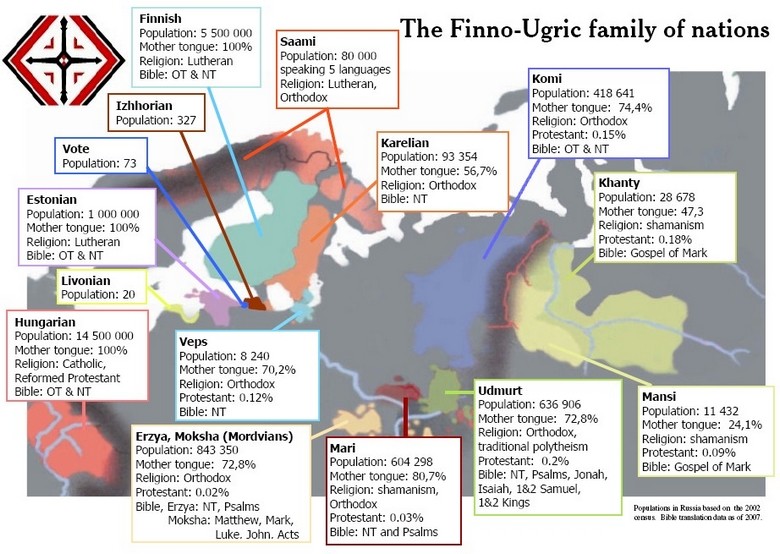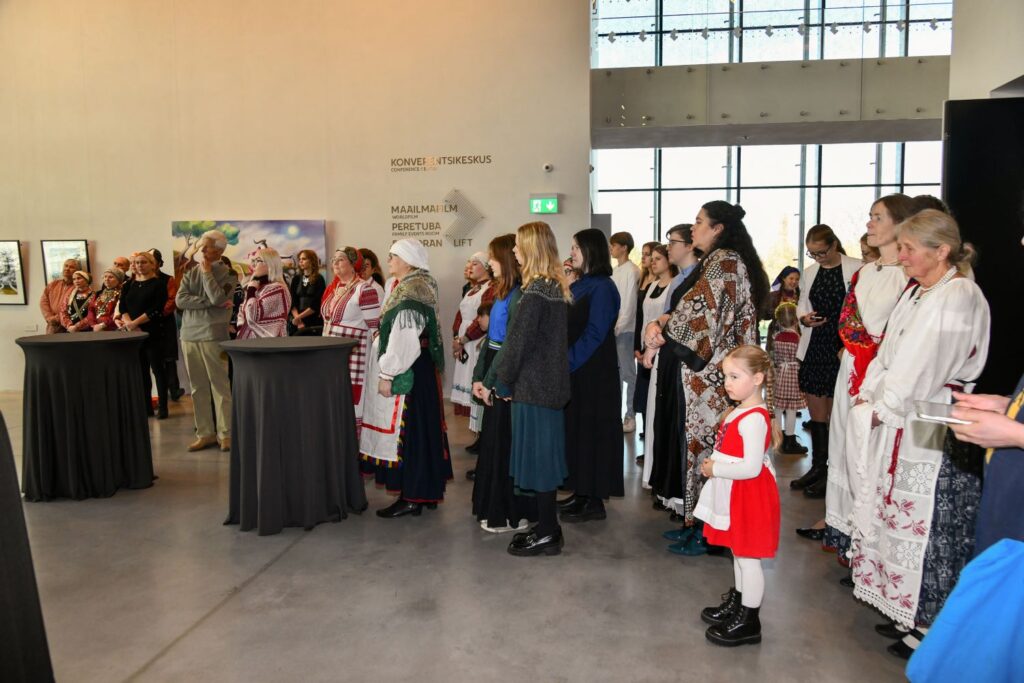Estonia is celebrating the Finno-Ugric Peoples’ Day, also called the Tribal Day, in a nod to the country’s Finno-Ugric roots on the third Saturday every October; the theme of this year’s Tribal Day is “Courage”, referring to difficult times and the courage to persevere.
Based on a decision of the fourth Finno-Ugric Cultural Congress in 1931, Finno-Ugric Days are held annually throughout the Finno-Ugric world on the third weekend of October. In Estonia, the Finno-Ugric Day has been a day of national importance since 2011 and the national flags are also hoisted across the country.
The day highlights the unique nature of the Finno-Ugric languages and the importance of Finno-Ugric culture in Europe’s rich cultural space. It also underlines the importance and value of the cultures of small nations in the wide world.
Many Finno-Ugric people live in Russia
The Finno-Ugric peoples are the peoples who speak Finno-Ugric languages. The four most numerous Finno-Ugric peoples are the Hungarians (13-14 million), the Finns (6-7 million), the Estonians (1.1 million) and the Mordvins (744,000). The first three inhabit independent states – Hungary, Finland and Estonia – whereas Mordovia is a republic within Russia.
Other Finno-Ugric peoples have autonomous republics within Russia: the Karelians (the Republic of Karelia), the Komi (the Komi Republic), the Udmurts (the Udmurt Republic), the Mari (the Mari El Republic) and the Mordvins (Moksha and Erzya; the Republic of Mordovia).

The Khanty and Mansi peoples live in the Khanty-Mansi Autonomous Region of Russia. The Komi subgroup, Komi-Permyaks, used to live in the Komi-Permyak Autonomous Region, but today, this area is a territory with special status within the Perm Krai in Russia.
Important not to become indifferent
Alar Karis, the Estonian president, said at a ceremony marking the day at the Estonian National Museum in Tartu that it’s important not to become indifferent to the fate of the Finno-Ugric tribal peoples [who don’t have their own countries].
“It is important that Finno-Ugric enthusiasts continue to work for the benefit of their people in their own country, and of course we must also speak about the tribal peoples in Estonia and explain their situation honestly and in every way,” Karis said.

The president noted that the Finno-Ugric peoples have lived through times in their long history when everything seemed to be a blind alley. “Even now, we see Russia sending representatives of our tribal peoples to die in a war where Ukraine is fighting for its freedom,” he said, adding there is a “deliberate attempt to replace the indigenous culture of these peoples with more and more Russian”.

